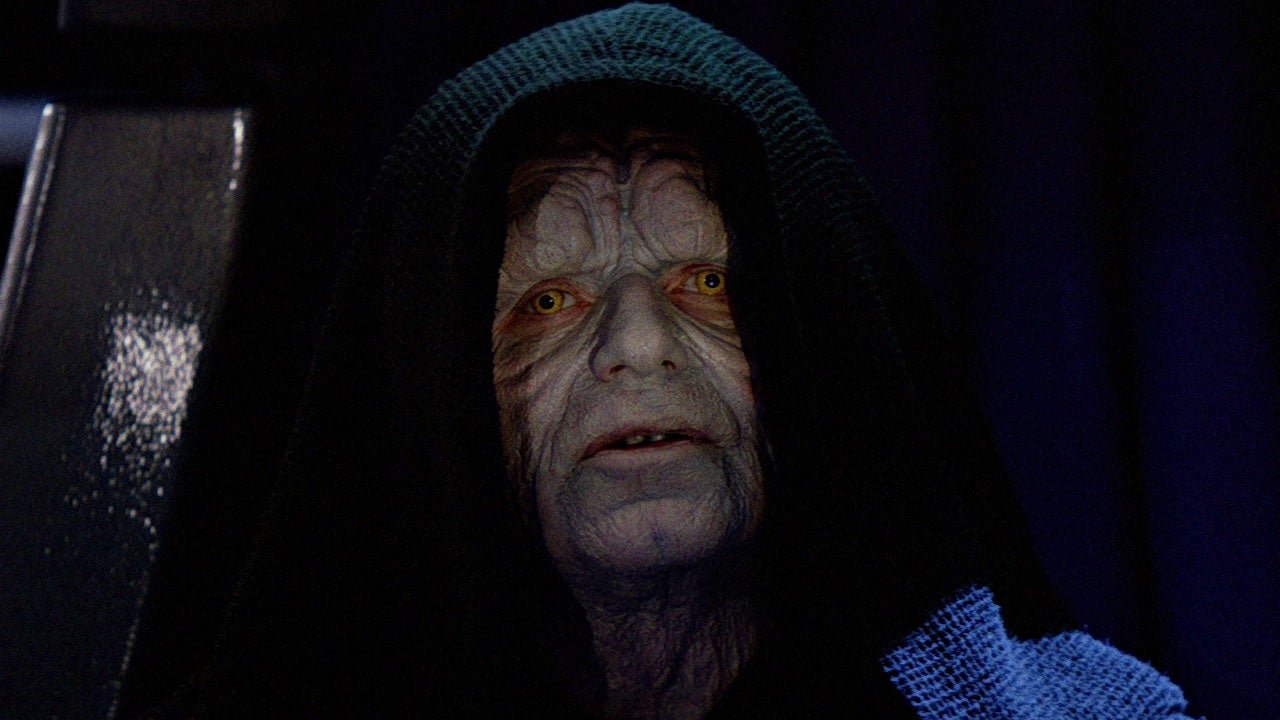'Star Wars' | The Changing Lifespan of the Empire
When A New Hope first came out in 1977, we had no idea how long the Empire had been around. The only information we had was what that episode told us, despite A New Hope’s light-heartedness, occasional campiness, and sense of fun, there is still that dark underbelly typical to George Lucas’s stories. The Emperor dissolves the senate, the Death Star becomes a weapon of significance, Alderaan is destroyed purely as an example – that’s millions, if not billions, of people eradicated as a demonstration. The Empire is absolute, and given the Rebels are a rag-tag group, reliant on recruiting an old Jedi out of exile, and whose entire mission hinges on a farm boy and a mercenary, it seems that the bulk of defiance has been extinguished from the galaxy.
Then we get this from Admiral Motti – the officer Vader Force-chokes: “Don't try to frighten us with your sorcerer's ways, Lord Vader. Your sad devotion to that ancient religion has not helped you conjure up the stolen data tapes.” While “ancient” can obviously be applied to how long the Jedi have been around, in this context it seems that Motti is referencing a way of life that’s gone. Motti himself would’ve been a teenager during the events of Revenge of the Sith. He would’ve seen the Empire’s rise. Did he miss the Jedi?
RELATED: Why The Imperials In 'Star Wars' Didn't Respect Or Fear Darth Vader As Much As They Should Have
Now, potentially, like Rey on Jakku, he might’ve considered such monumental events legend, and only believed in what he could see had happened: that the Empire overthrew the Republic. Such ignorance of the Jedi, the Force, and the Sith would explain why he’s brazen enough to mouth off to Vader. But there is this sense throughout that the Empire has been around for a long, long time – long enough that their oppression has become unrelenting, and even their own officers are now just part of a cycle of self-perpetuating militarization and tyranny.
When The Empire Strikes Back emerged, we started getting little details about timeframe – the biggest one of them all was that Darth Vader is revealed to be Anakin Skywalker, and Luke Skywalker’s father. This posed some interesting questions: what were Anakin’s circumstances at the time he impregnated Luke’s mother? Was he Anakin Skywalker, Jedi Knight, pilot and good guy, as Obi-Wan Kenobi claimed in A New Hope? Or was he Darth Vader? Or was he Darth Vader in the suit?
If he was Vader in the suit, how exactly did he impregnate a woman? Was it some form of artificial insemination? Or was there some greater ruse? In the movie Excalibur, Merlin casts an enchantment upon Uther Pendragon so that he appears in the guise of a rival lord to sleep with that man’s wife. Something similar might’ve been an interesting premise for Vader – wearing some Force enchantment to hide his disfigurement so he could present himself to some old love, only to have her wake in the morning and see him as he is. Nope, not to be.
In Return of the Jedi, Leia says of her mother, “She was very beautiful, kind, but sad.” This would seem to suggest that Leia has memories of her biological mother, Luke says he has no such memory. The prequels began to retcon some of the mythology the original trilogy had established. In A New Hope, Obi-Wan Kenobi talks about the first time he met Anakin, citing he was an accomplished pilot. In The Phantom Menace, Anakin is a kid when Obi-Wan meets him. You could make an argument that Anakin’s a pilot given his pod-racing, but it’s a stretch.
In Attack of the Clones, Anakin and Amidala begin a relationship and in Revenge of the Sith, they’re married and expecting. It’s here that the Empire’s lifespan becomes ratcheted to the lives of Luke and Leia. There were some potential workarounds. Just because Anakin and Amidala were together didn't necessarily mean this had to be when they had children. Or, given it's science fiction, they could've played with something like cryogenics. Instead, events remain linear.
Revenge of the Sith ends with Amidala’s death (contradicting Leia’s claim she remembers her), Leia’s and Luke’s birth, and the emergence of the Empire. So the Empire’s life is only as long as Leia's and Luke's lives, and whatever time the original trilogy occupies.
It’s an interesting framing of the timeline, but it’s curious if this was what was originally intended. George Lucas obviously had a rough idea about the overarching story, but not all the finer details – that’s proven by the canonical contradictions between the prequels and the original trilogy. But before those details began sticking pins in the timeline, it did feel as if the Empire was meant to have been around much longer.
READ NEXT: Why Cad Bane's Death Was Perfect In 'The Book of Boba Fett' Finale

